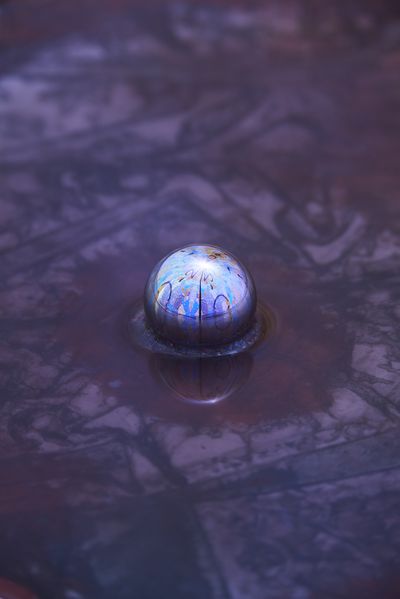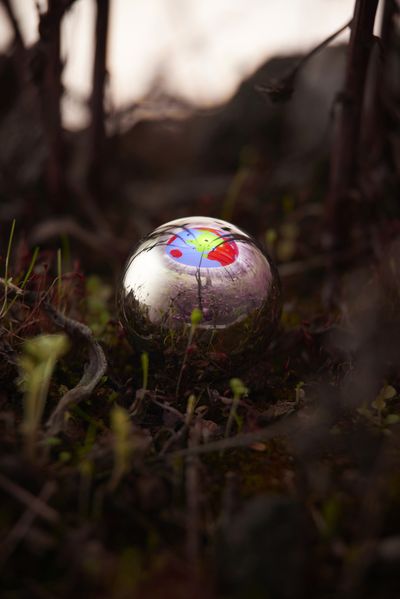Scries
Scries is a video work by Diakron and artist Emil Rønn Andersen, developed for the 13th Shanghai Biennial. It explores the aesthetics of scientific practices such as remote sensing, simulation, and environmental data collection. Developed in collaboration with climate scientists, the project draws on research involving ice core archives, carbon monitoring stations, outdoor simulation systems, and laboratories designed to control and reproduce environmental conditions. Production was carried out using DK179913, a custom lighting system by Emil Rønn Andersen that generates layered light environments through additive, programmable exposure. The title Scries refers to the act of “scrying” — the practice of seeking insight or foresight through reflective surfaces, such as mirrors or crystal balls.


